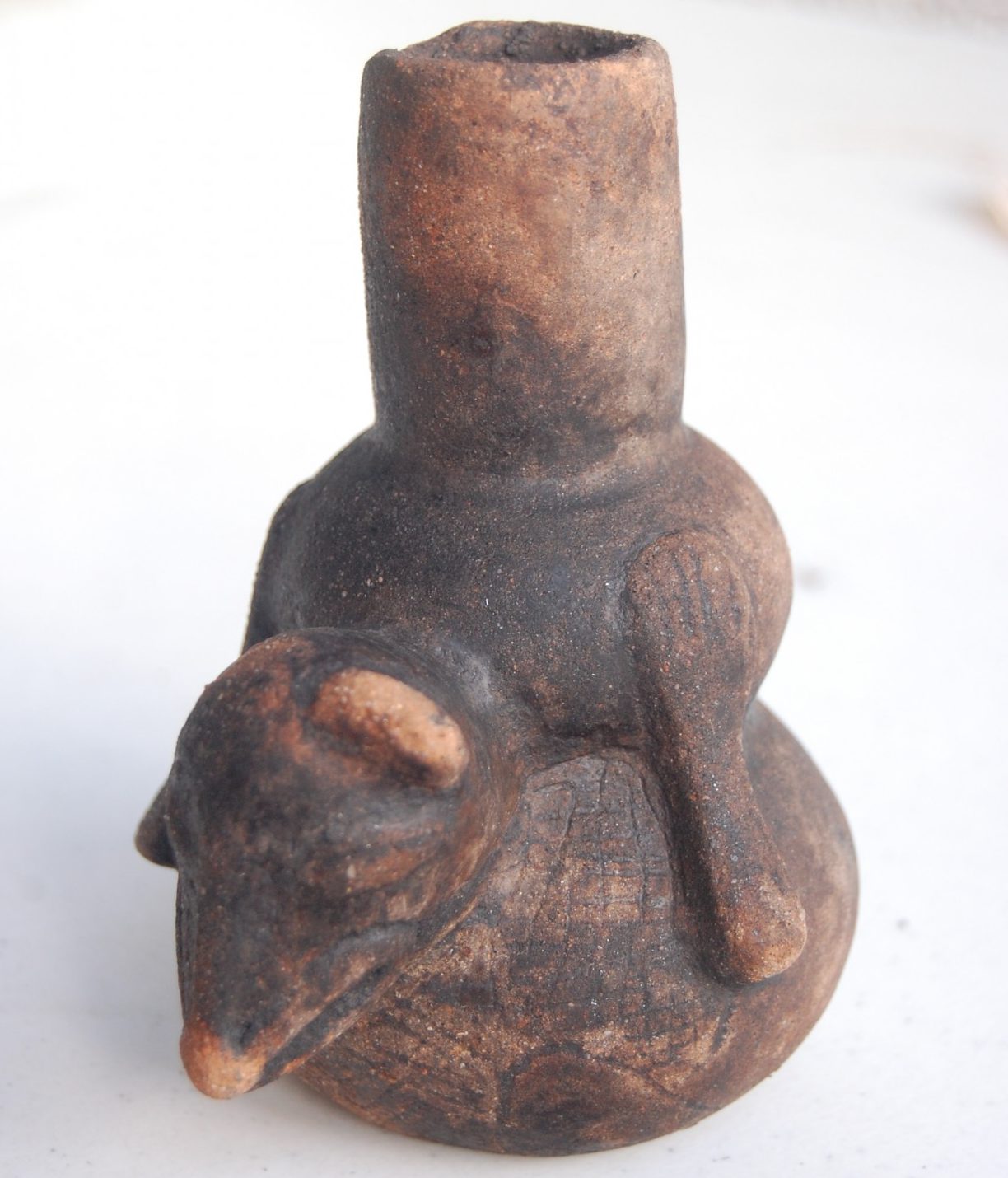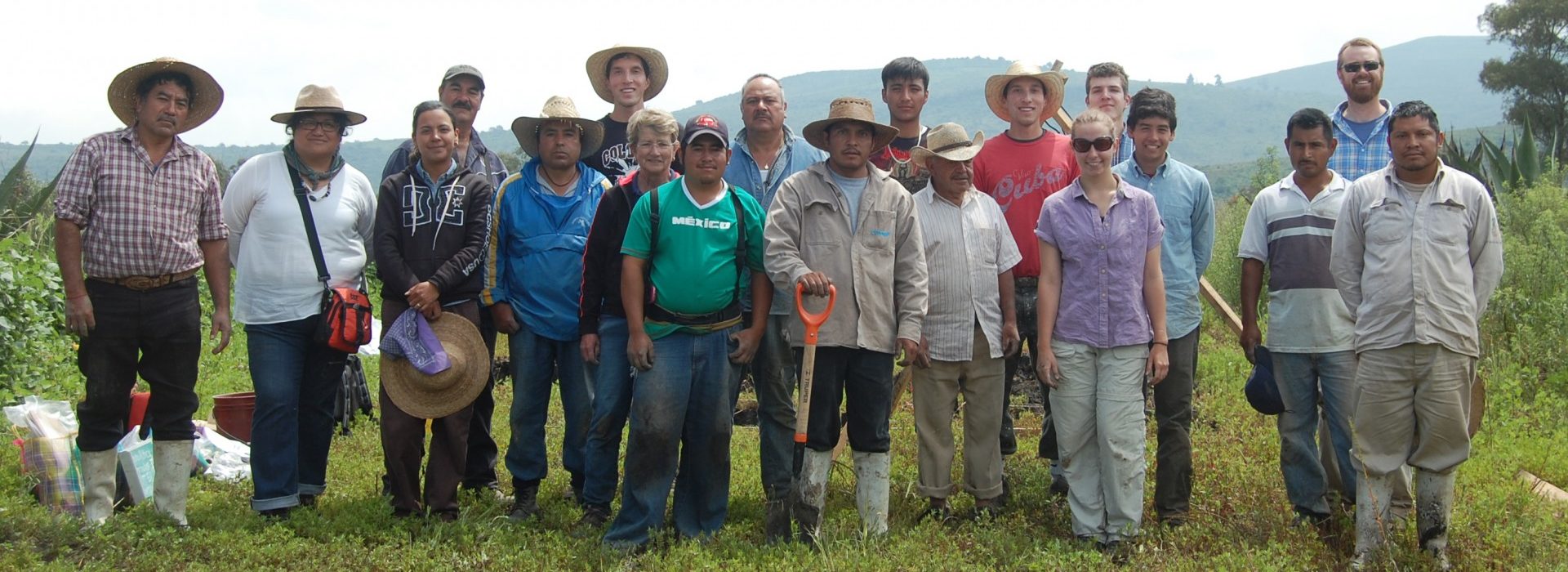Project Altica, Teotihuacan Valley
Our Formative work in central Mexico focuses on the small site of Altica (funded by NSF and NGS). It is the oldest dated site in the Teotihuacan Valley (1250-850 cal BC), and therefore crucial for understanding later developments in the region. Prior to the settlement of Altica, most of the sedentary villages in the Basin of Mexico occupied the slightly warmer and wetter portions of the southern Basin. The Teotihuacan Valley was more arid and cold. The dangers of frosts and lower annual precipitation made the Teotihuacan Valley less attractive to early agriculturalists. Altica was situated high in the Patlachique Range: this elevation likely kept Altica above the frost zone, as cold air sinks down to the valley bottom. Our excavations there identified some of the earliest formal metates (grinding stones used to process maize) in the Basin of Mexico. Signs that certain individuals had achieved status above that of the common. We also identified incipient social differentiation. Some individuals were buried with grave goods, such as the possum effigy bottle depicted in Figure 1, indicating that they had achieved status in life.
Perhaps of most importance is that Altica was tied into Pan-Mesoamerican Early and Middle Formative exchange networks. It imported ceramics, jade, and some west Mexican obsidian, and exported obsidian from the nearby Otumba source that is found as far away as the Pacific Coast, the Gulf Coast, and Oaxaca. Altica was not a central player in the development of Early and Middle Formative exchange networks, but it is an important piece of the puzzle.
These early trade networks were essential for the rise of Mesoamerica’s first complex societies, and Altica was a small but important part of it. We are just beginning to publish the results of our excavations there. This project will transform our understanding of the foundations of long-distance interaction in Formative Mesoamerica.
Figure 4. Crew members Antonio de Jesús López, Brisio Ramos, and Refugio Aguilar Espinoza excavating.
It is also the first major archaeological field project focused on the Early and Middle Formative periods in the Basin of Mexico since the 1970s. Training of students as part of this project has exposed a new generation of archaeologists to this time frame in one of Mesoamerica’s most important regions.




